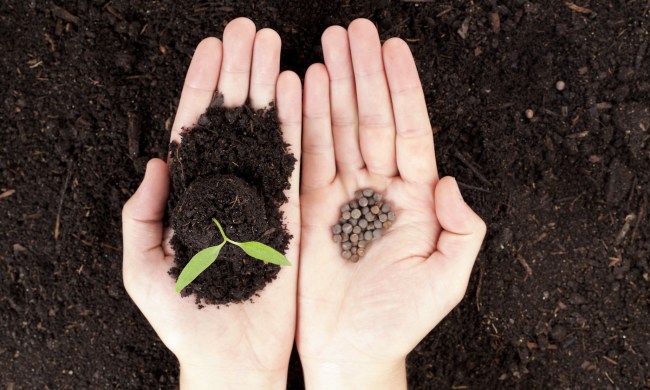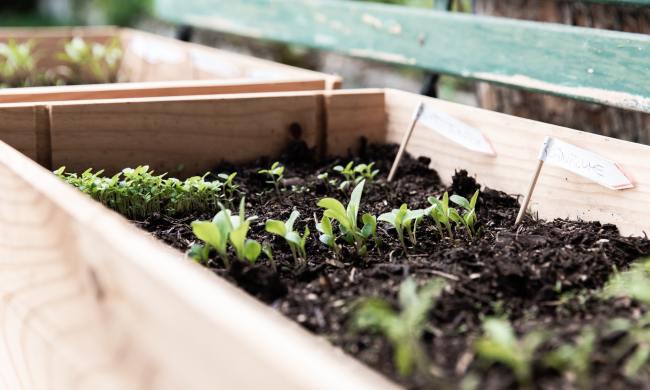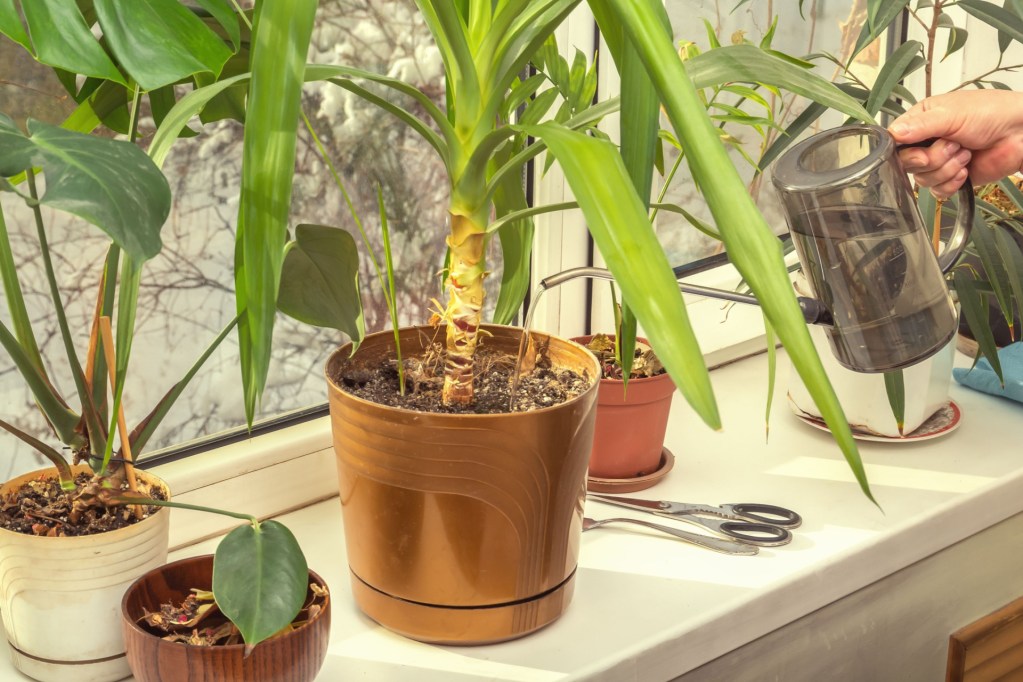
Those of us who are obsessed with house plants know that the real estate around a window is in high demand for our leafy friends, especially for those of us who adore succulents, cacti, and other plant friends who need extra sunlight. Depending on the number of windows you have and what direction they face, there may not be enough light to go around. This leads to crowded windows and sometimes means we can’t grow our collection because we have nowhere to put any more plants.
Investing in a plant shelf is a great solution, but how do you know which is right for you? We’ve got all the info, including 4 recommendations for you to choose from! Your plant shelf window garden will thrive with these tips and tricks.
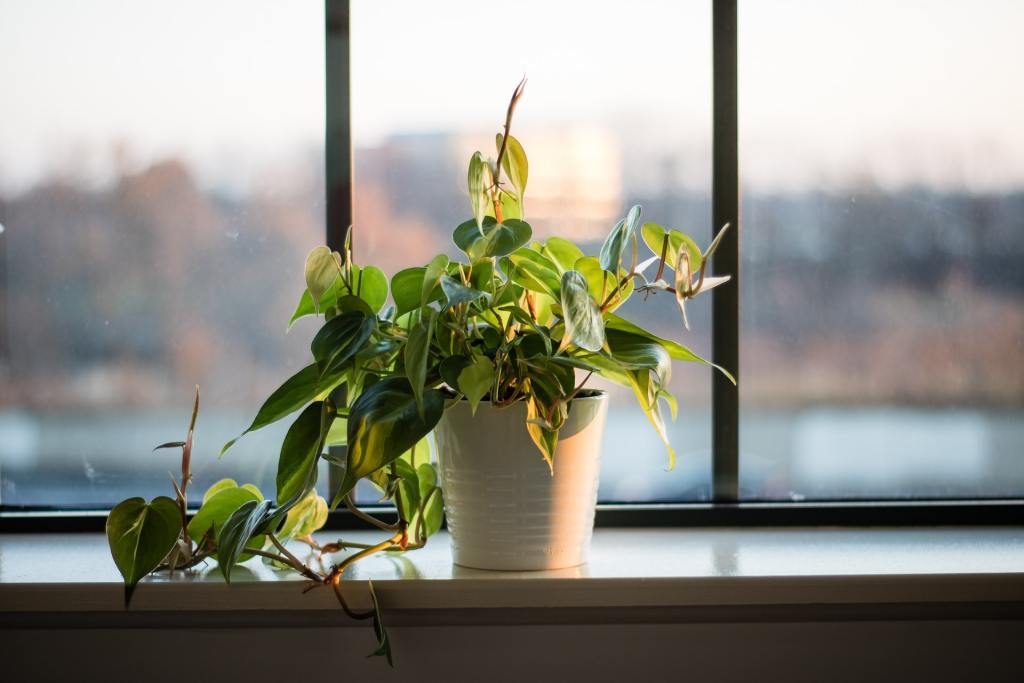
What to consider when buying a window shelf
Before you purchase one of these fantastic shelves, be sure to ask yourself a few questions. First, which window will you be using for the shelves? Once you’ve decided, you’ll then want to measure its dimensions so you can find an option that will fit it. Then you should decide which plants you want to display on the window shelf. This will help you determine how much space you need.
These shelves can be installed in a few ways; they can be hung above the window, installed on or below the window sill, mounted to the sides of the window frame, and suction-cupped to the window glass. Which mounting option is best for you will determine how many plants you’ll be displaying and how much weight the shelf will need to handle.
Once you have those specifics figured out, you can apply what you know to shop for the ideal shelf for your needs and your aesthetic.
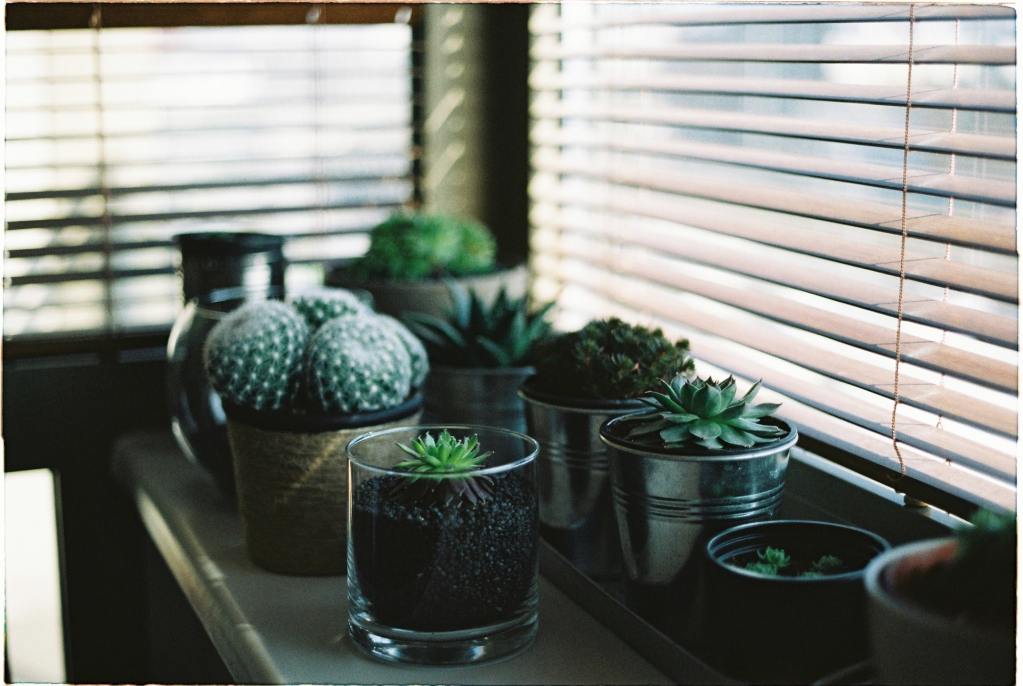
Acrylic window shelves
These handmade shelves from PLASTICMART on Etsy are ideal for those looking for a sturdy, heavy-duty window shelf option. Unlike other options that hang from mounts in the wall above the window, these shelves are mounted into the side of a window frame and sit on top of durable acrylic edges. These will handle a lot of weight, while the acrylic material allows ample amounts of light to flood through them.
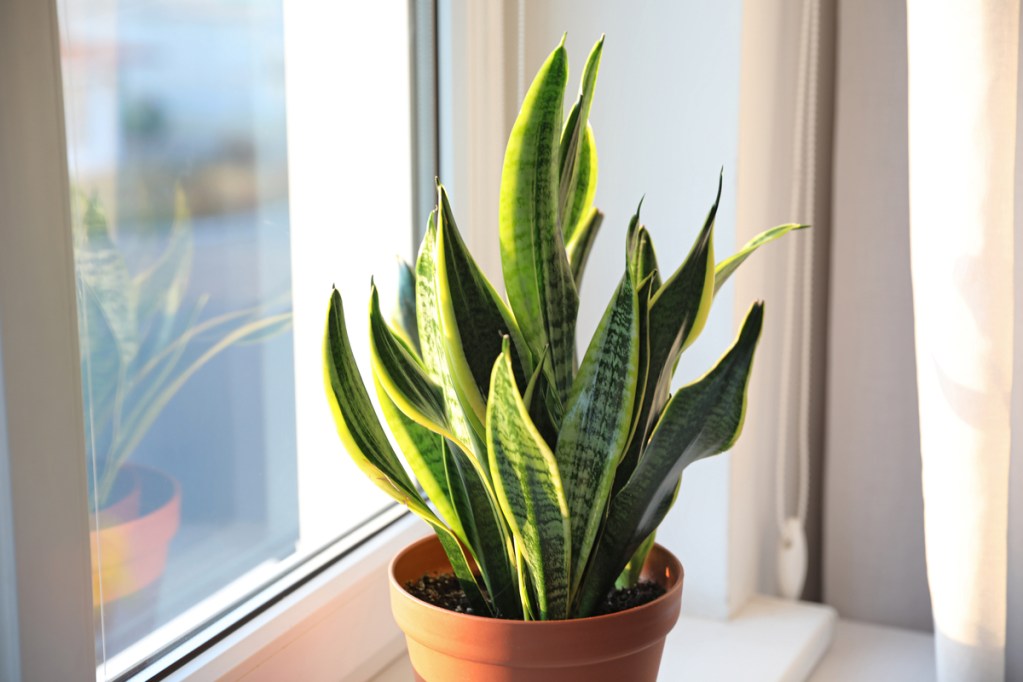
Three-hole wooden plant shelf
If you’re worried about your plants sliding off the shelf of a window display, you could invest in this three-hole plant shelf by RockThisOut on Etsy. Three pots sit inside the wooden shelf and stay in place even if the shelf is bumped. This could be perfect for a window above a kitchen sink or in a home with curious cats and playful kids.
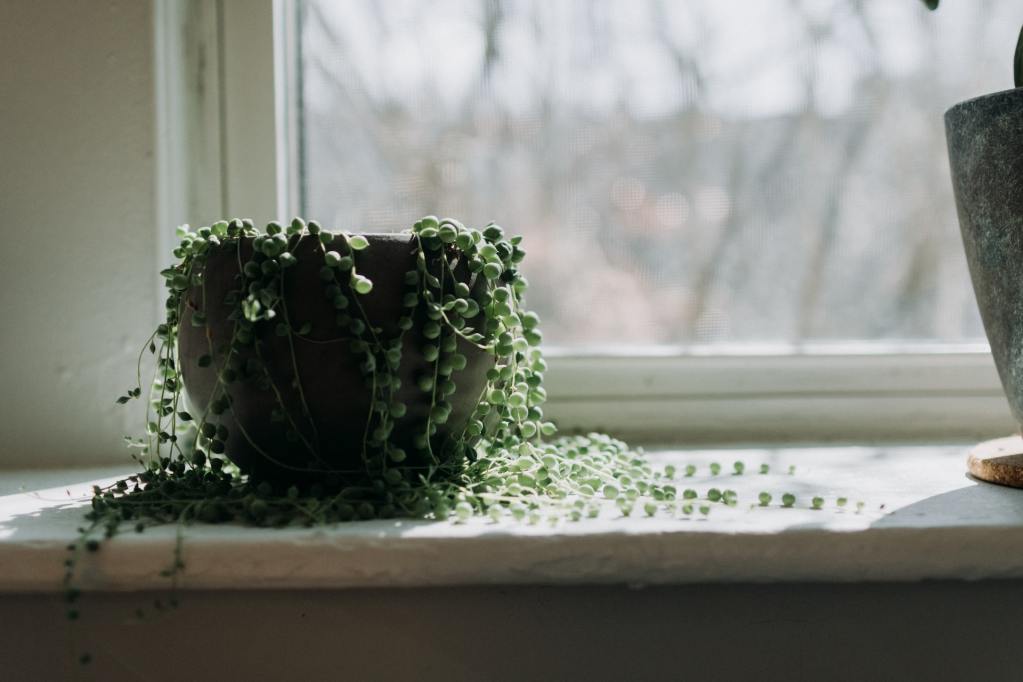
Clear suction cup shelf
Whether you’re trying to grow herbs for your kitchen or looking for a way to display some of your smaller plants that need extra light, it can be challenging to find an ideal spot for them in your home. These clear suction cup shelves solve the problem by offering a little place where you can grow herbs, microgreens or even display smaller cactus, succulents, or air plants.
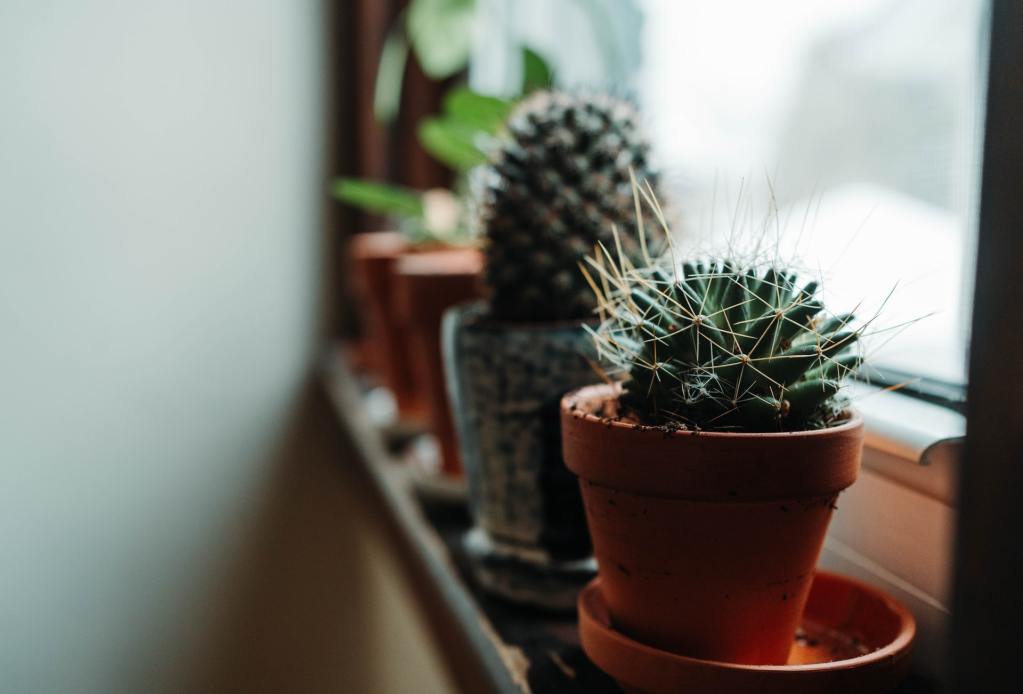
Four-tier window plant shelf
Sometimes collections get a bit “out of control,” and you need more floor space for actually living in your home. This four-tier hanging window plant shelf offers a lot of displaying space for plants that need more light. It gets them off the floor, out of the way, and provides them with the light they need to thrive. The installation of this option into the wall above the window is also ideal for holding up heavier plants.
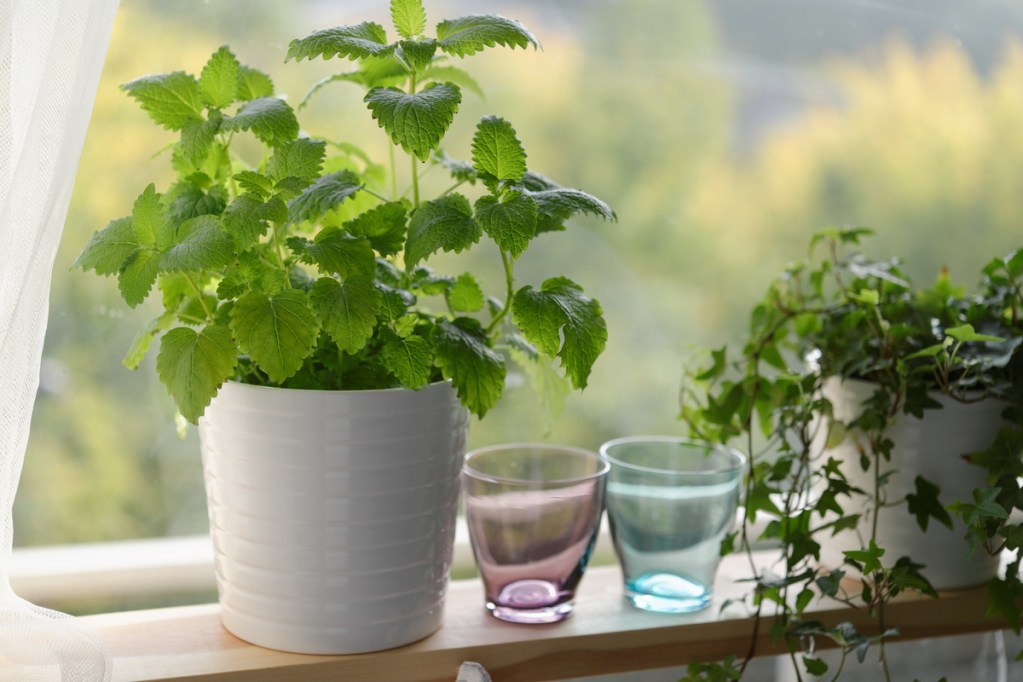
Can you make your own plant shelf?
If you’re in the mood for some DIY, then you can certainly make your own plant shelf! While most people prefer the convenience and security of purchasing a pre-made plant shelf, making your own can be a fun and creative way to personalize your plant shelf window garden. Unless you have the tools and experience for working with acrylic, metal, or glass, we’d recommend sticking with wood, as it is the easiest for beginners to build with.
Measure your window carefully so you know how much material you need, and consider how you want to attach it to your window. You may want to add a waterproof seal or cover to your shelf to protect it from water in case of spills. Once your shelf is assembled, test it with a few non-breakable items first. This lets you see how well the shelf holds up without putting your plants at risk.
It can be hard to find space in a home for a plant so it can be out of the way but still get the light it needs. These window shelves are the perfect solution to a growing plant collection and the need for living space.
